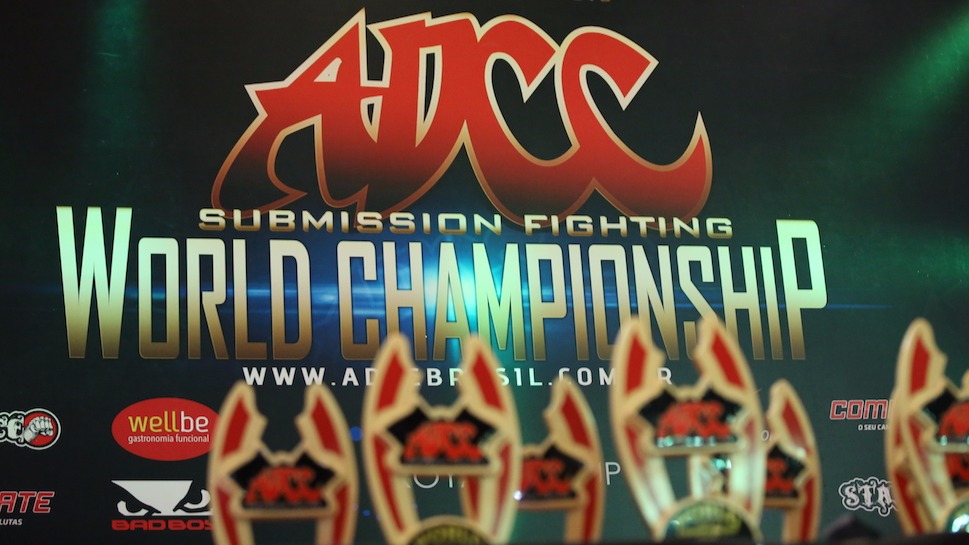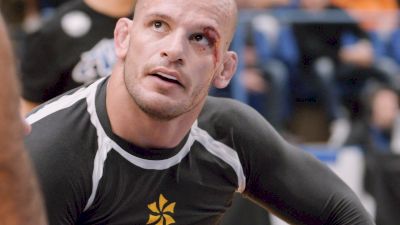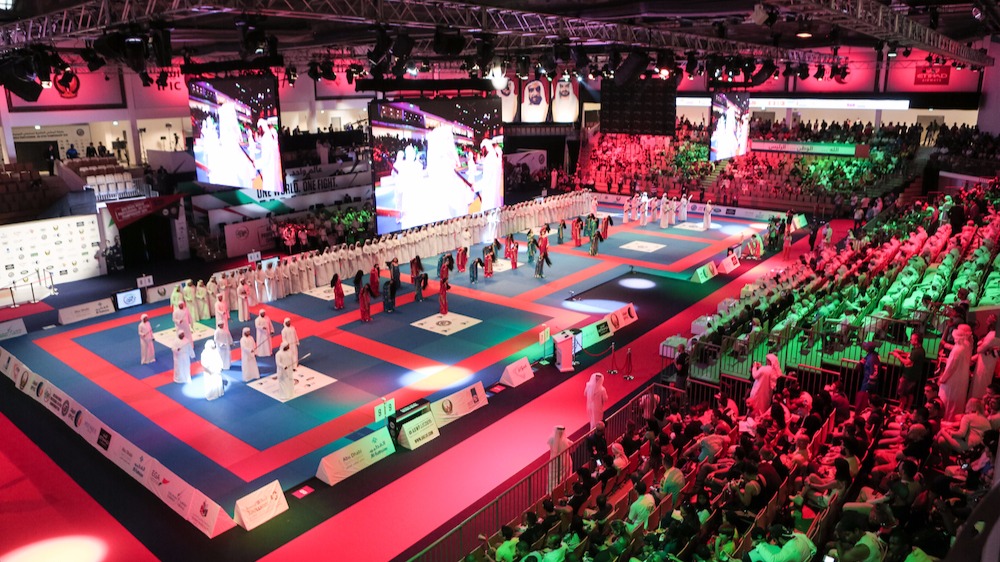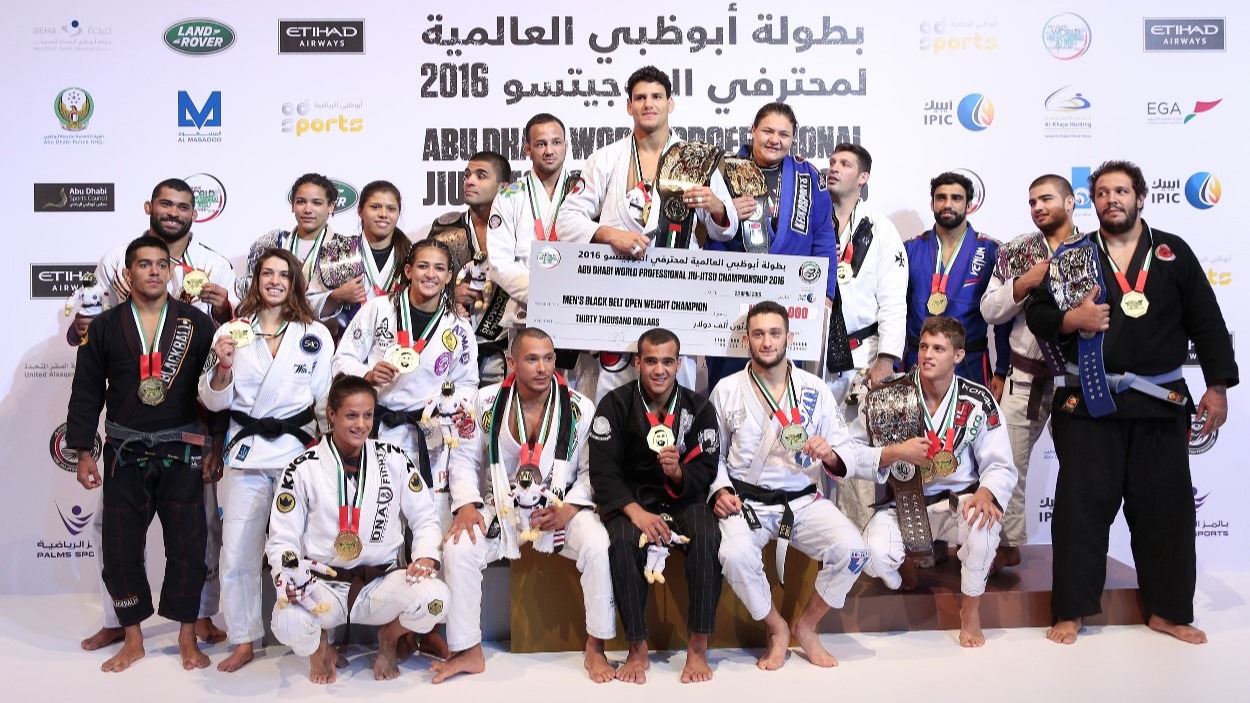'Abu Dhabi' Jiu-Jitsu Explained: ADCC vs. Abu Dhabi World Pro
'Abu Dhabi' Jiu-Jitsu Explained: ADCC vs. Abu Dhabi World Pro
If you don't know your ADCC from your UAEJJF, and you can't tell the difference between Grand Slam and the World Pro, read on.

The words "Abu Dhabi" are spoken often in jiu-jitsu, but many fans and athletes struggle to understand what organizations and tournaments are included under their umbrella.
If you don't know your ADCC from your UAEJJF, and you can't tell the difference between Grand Slam and the World Pro, read on.
Abu Dhabi, a world leader in jiu-jitsu
Abu Dhabi is the capital of the United Arab Emirates (UAE), a union of seven states (emirates) Dubai, Ajman, Fajuirah, Ras al-Khaimah, Sharjah, and Umm al-Quwain.
Jiu-jitsu found its way to the UAE thanks to one person: Sheikh Tahnoon Bin Zayed Al Nahyan, the son of then-UAE leader Sheik Zayed.
A fan of MMA, the young Sheikh started training Brazilian Jiu-Jitsu in San Diego while studying in the U.S. in the 1990s.
Upon finishing his studies, he returned to the UAE with the idea of developing the sport of jiu-jitsu both at home and across the world.
He founded a training center called the Abu Dhabi Combat Club (ADCC), a large facility staffed by world-class coaches. As a result, grappling was slowly introduced to the country, but the ADCC World Submission Fighting Championships was the catalyst for the name becoming synonymous with jiu-jitsu.

About ADCC, the original 'Abu Dhabi'
The first ADCC World Championships was held March 20-22, 1998, in Abu Dhabi. It was designed to be a tournament where any and all grappling styles could compete against one another; hence, the term "submission fighting." Wrestlers, judoka, jiu-jitsu and sambo practitioners represented their respective arts and fought for large cash prizes.
The competition was open to all styles and attracted big names from both the world of MMA and sport jiu-jitsu: Royler Gracie, Mark Kerr, "Minotauro" Nogueira, Dean Lister, "Jacare" and many more.
The tournament was contested in Abu Dhabi year until 2001, when it became biennial. From 2003 until 2015, the tournament traveled to different locations around the world, including Brazil, the U.S., Spain, the U.K. and China. In recent times, high-profile athletes such as Andre Galvao, Claudio Calasans, Yuri Simoes, Rubens "Cobrinha" Charles, Davi Ramos and more were crowned champions.
Over the years, the ADCC World Championships gained the status of the premier no-gi tournament in the world. To win a division or the absolute is considered one of the toughest challenges that exist in the sport of grappling.
The next ADCC World Championships will take place in Finland in 2017 and feature a superfight between former UFC welterweight champion Matt Hughes and legendary jiu-jitsu representative Renzo Gracie.

- Auto
ADCC tournaments and trials
Divisions are limited to a maximum of 16 elite competitors in the ADCC World Championship. Past winners and notable figures from the tournament often receive invitations to compete, though this only makes up around half of the list of entrants.
ADCC counts on national and regional federations to host international-qualifying events, known as trials, where athletes compete for a shot at a place in those 16-man divisions.
The ADCC Trials take place in North and South America, Europe, Oceania and Asia. Some continents, such as South America and Asia, host multiple trials prior to the World Championships. Only passport-holders from the countries or regions in question can enter, which helps diversify the group of international World Championship competitors.
Many up-and-coming stars earned their fame by winning the trials and going on to compete in the ADCC World Championships, including Garry Tonon, Eddie Cummings and many more.

The United Arab Emirates Jiu-Jitsu Federation (UAEJJF)
The UAEJJF was founded in November 2012, and serves to officiate and promote jiu-jitsu both in the UAE and abroad.
The federation is headed His Highness Sheikh Mohammed bin Zayed Al Nahyan, Crown Prince of Abu Dhabi and Deputy Supreme Commander of the UAE Armed Forces, and older brother to Sheikh Tahnoon.
The UAEJJF works to implement policies that develop the sport in collaboration with government entities, educational institutions and other partners to advance the sport locally, regionally and globally.
By hosting local and global tournaments under the control of local national federations that are affiliated under the larger UAEJJF banner, the federation and the IBJJF are responsible for giving competitors regular opportunities to compete for prestige and prizes.

Abu Dhabi World Pro and Grand Slam explained
The UAEJJF's best-known tournament is the annual World Pro, their world championship, which takes place every April in Abu Dhabi. The World Pro pays handsome cash prizes to winners across all belt levels; last year, the tournament attracted competitors from 60 countries.
Athletes of all belt levels compete in National Pro tournaments, which are held regularly throughout the year. In qualifying events, absolute division winners receive travel packages to Abu Dhabi to participate in the World Pro.
The Abu Dhabi Grand Slam Jiu-Jitsu Tour (its full name) was created by the UAEJJF in 2015, and featured a series of high-level open tournaments around the world.
Visiting Tokyo, Los Angeles, Rio de Janeiro and London, the tour offered big cash prizes and drew huge names. Ranking points gained over the season, combined with points for the annual UAEJJF World Pro, culminated in Erberth Santos being awarded a six-figure cash prize as the top-ranked male black belt of the 2015-2016 season.
The Grand Slam added a fifth location for the 2016-2017 season; they return to their home base in Abu Dhabi every January, using the same arena as World Pro.

- Auto
How ADCC and UAEJJF differ
The ADCC and the UAEJJF are entirely separate and distinctly different entities.
The ADCC is completely no-gi, and has a unique rule set. A wide variety of techniques are allowed, including heel hooks and slamming. Matches are scored very differently, and can feature overtime rounds in the case of a draw.
There are many national ADCC federations that host open competitions, but these differ from the trials in that they do not guarantee a place in the World Championships.
The UAEJJF hosts both gi and no-gi competitions, with a focus on the kimono. The tournaments are open to all belt levels, and competitors do not need to qualify to compete in the World Pro.
Matches are shorter (at maximum, six minutes), and the rules are nearly identical to those used by organizations such as the IBJJF. The UAEJJF also recently eliminated the absolute division from the World Pro and Grand Slam events, although light and heavy absolute divisions are still in place at National Pro events.
Join The Conversation On Social
• Follow us on Twitter @FloGrappling
• Follow us on Instagram @FloGrappling
• Follow us on Facebook